Home>Others>Eco-Friendly Products>How To Make A Compost Bin Out Of A 5-Gallon Bucket
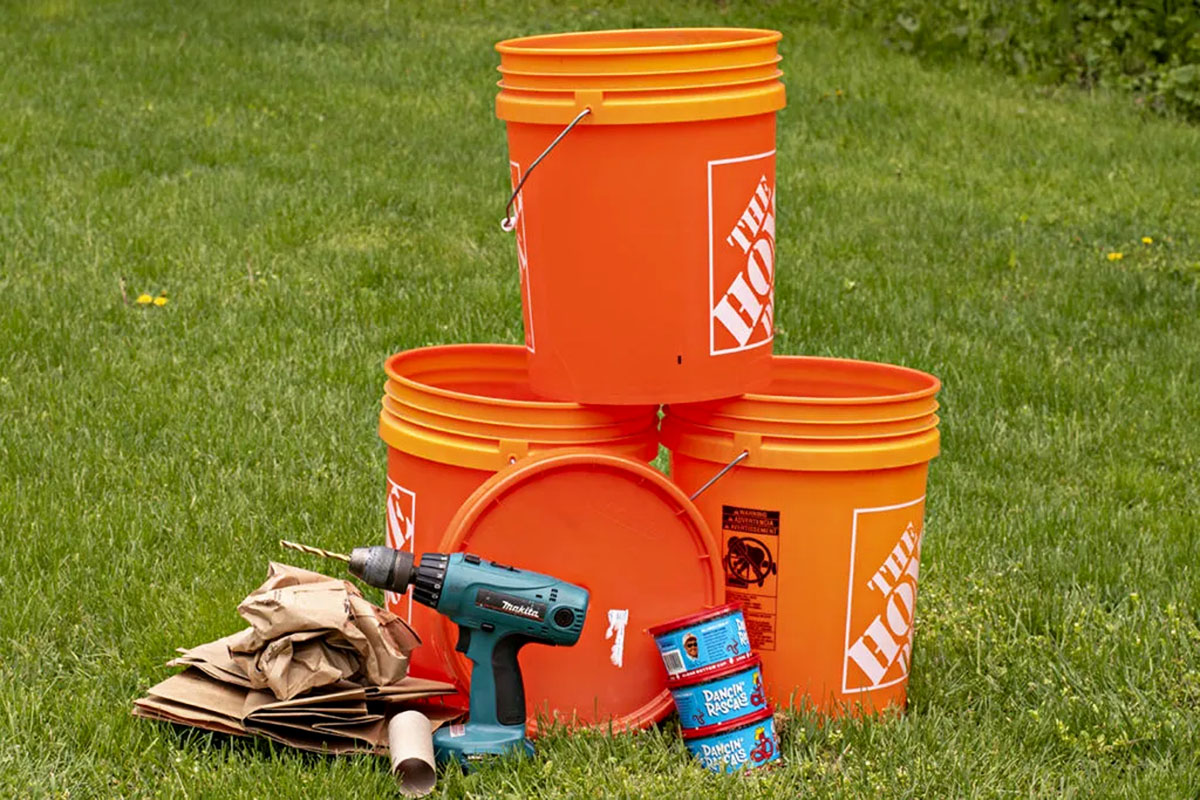

Eco-Friendly Products
How To Make A Compost Bin Out Of A 5-Gallon Bucket
Modified: January 14, 2024
Learn how to create an eco-friendly compost bin using a 5-gallon bucket. Reduce waste and create nutrient-rich soil for your garden!
(Many of the links in this article redirect to a specific reviewed product. Your purchase of these products through affiliate links helps to generate commission for Storables.com, at no extra cost. Learn more)
Introduction
Welcome to the world of sustainable living! Making a compost bin out of a 5-gallon bucket is a fantastic way to reduce waste, enrich your garden, and contribute to a healthier environment. Composting is a simple and effective method for recycling organic materials, such as food scraps and yard waste, into nutrient-rich soil conditioner. By repurposing a 5-gallon bucket, you can create a compact and efficient composting system that fits seamlessly into any home or garden setting.
Composting not only minimizes the amount of waste that ends up in landfills but also reduces greenhouse gas emissions. It's a small yet impactful step toward embracing a more eco-friendly lifestyle. Whether you're an avid gardener, a sustainability enthusiast, or someone who simply wants to minimize their environmental footprint, learning how to make a compost bin out of a 5-gallon bucket is an empowering and rewarding endeavor.
In this guide, we'll explore the materials needed and the step-by-step process for creating your own compost bin from a 5-gallon bucket. Additionally, we'll provide valuable tips for maintaining your compost bin and maximizing its effectiveness. Let's embark on this eco-friendly journey together and discover how a humble 5-gallon bucket can be transformed into a powerful tool for environmental stewardship and sustainable living.
Key Takeaways:
- Transform a 5-gallon bucket into a compost bin to recycle organic waste, reduce landfill contributions, and enrich garden soil for a greener, more sustainable lifestyle.
- Maintain a healthy composting environment by balancing materials, monitoring moisture, and utilizing the nutrient-rich compost to nurture plants and promote a harmonious relationship with nature.
Read more: How To Store 5 Gallon Buckets
Materials Needed
Before diving into the process of creating a compost bin out of a 5-gallon bucket, gather the following materials:
- A clean 5-gallon bucket with a lid: Ensure that the bucket is in good condition and free from any chemical residues.
- A drill with a 3/16-inch drill bit: This will be used to create ventilation holes in the bucket, allowing air to circulate within the compost.
- Organic waste: Collect kitchen scraps, such as fruit and vegetable peels, coffee grounds, eggshells, and non-greasy food leftovers. Additionally, gather yard waste, such as grass clippings, leaves, and small twigs.
- Brown materials: Prepare dry leaves, shredded newspaper, or cardboard to balance the compost pile and provide carbon-rich components.
- Gloves and a mask: These will help protect your hands and respiratory system while handling organic materials and drilling ventilation holes.
- Composting tool (optional): Consider having a small hand trowel or compost turning tool to aerate the compost and facilitate decomposition.
Once you have assembled these materials, you’re ready to embark on the journey of creating a sustainable and effective composting system using a 5-gallon bucket.
Steps to Make a Compost Bin Out of a 5-Gallon Bucket
Creating a compost bin out of a 5-gallon bucket is a straightforward and rewarding process. Follow these simple steps to transform a humble bucket into a powerful tool for composting:
- Prepare the Bucket: Start by cleaning the 5-gallon bucket and removing any labels or residues. Ensure that the lid is also clean and intact.
- Drill Ventilation Holes: Using a drill with a 3/16-inch drill bit, carefully create several holes in the bottom and sides of the bucket. These holes will facilitate airflow, essential for the composting process.
- Add Organic Waste: Begin layering the organic waste in the bucket. Alternate between kitchen scraps and yard waste, ensuring a good balance of nitrogen-rich (kitchen scraps) and carbon-rich (brown materials) components.
- Moisten the Materials: Sprinkle some water over the organic waste to provide the necessary moisture for decomposition. The materials should be damp but not waterlogged.
- Secure the Lid: Once the bucket is filled with organic materials, securely fasten the lid to keep pests out while allowing for proper aeration.
- Monitor and Turn the Compost: Check the compost regularly to ensure that it remains moist and aerated. Use a compost turning tool or a small hand trowel to gently mix and aerate the contents, promoting decomposition.
- Observe the Composting Process: Over time, the organic materials will break down into nutrient-rich compost. Depending on environmental conditions and the composition of the materials, this process can take several weeks to a few months.
- Harvest the Compost: Once the materials have decomposed into dark, crumbly compost, it’s time to harvest the finished product. Use the nutrient-rich compost to enrich your garden soil and nourish your plants.
By following these steps, you can harness the natural process of decomposition to create valuable compost from everyday organic materials, all within the confines of a 5-gallon bucket.
Drill multiple holes in the bottom and sides of the bucket for aeration. Layer green and brown materials inside for composting. Keep the compost moist and turn it regularly for best results.
Tips for Maintaining Your Compost Bin
Successfully maintaining a compost bin made from a 5-gallon bucket involves a few key practices to ensure optimal decomposition and a healthy composting environment. Here are some valuable tips for effectively managing and caring for your compost bin:
- Balance Green and Brown Materials: Strive to maintain a balance between nitrogen-rich “green” materials (such as kitchen scraps) and carbon-rich “brown” materials (such as dry leaves or shredded newspaper) within the compost bin. This balance promotes efficient decomposition and prevents odors.
- Monitor Moisture Levels: Regularly check the moisture content of the compost. It should resemble a wrung-out sponge – moist but not sodden. Add water if the compost appears too dry, or incorporate more brown materials if it’s overly wet.
- Aerate the Compost: Use a compost turning tool or a hand trowel to aerate the compost regularly. This helps introduce oxygen, facilitates decomposition, and prevents the formation of anaerobic (oxygen-deprived) pockets within the compost pile.
- Avoid Adding Certain Materials: Refrain from adding meat, dairy products, oily foods, and pet waste to the compost bin, as these items can attract pests and create unpleasant odors. Additionally, avoid composting weeds that have gone to seed to prevent the spread of weeds in your garden.
- Position the Bin Appropriately: Place the compost bin in a shaded area to prevent excessive drying and to maintain consistent moisture levels. This also helps regulate the temperature within the compost, fostering an ideal environment for decomposition.
- Be Patient and Observant: Composting is a natural process that takes time. Be patient and observant as the materials transform into compost. Pay attention to any unusual odors or signs of pests, and make adjustments as needed to maintain a healthy composting environment.
- Utilize the Compost Thoughtfully: Once the compost is ready, use it to enrich garden soil, nourish plants, or amend potting mixes. The nutrient-rich compost serves as a valuable resource for promoting plant growth and enhancing soil fertility.
By implementing these tips, you can effectively maintain your compost bin and harness the full potential of organic waste to create nutrient-rich compost for your gardening endeavors.
Conclusion
Congratulations on taking the initiative to create a compost bin out of a 5-gallon bucket! By embarking on this eco-friendly endeavor, you’ve not only diverted organic waste from landfills but also contributed to the creation of nutrient-rich compost that can enhance the vitality of your garden and plants. Embracing composting as a sustainable practice aligns with the principles of environmental stewardship and resource conservation, making a positive impact on the planet.
As you tend to your compost bin, remember that the process of decomposition is a natural and transformative journey. Through the careful layering of organic materials, regular monitoring, and thoughtful maintenance, you are actively participating in the cycle of renewal and regeneration. Your efforts are not only beneficial for your immediate surroundings but also contribute to the larger goal of reducing waste and promoting a more sustainable way of living.
As you witness the gradual transformation of kitchen scraps, yard waste, and other organic materials into dark, crumbly compost, take pride in the fact that you are actively engaging in the preservation of natural resources and the promotion of a healthier environment. The compost generated from your 5-gallon bucket serves as a testament to the potential for positive change that lies within everyday actions.
By integrating the nutrient-rich compost into your gardening practices, you are nurturing the earth and fostering a harmonious relationship with nature. The resulting benefits extend beyond your garden, influencing the broader ecosystem and contributing to the cultivation of a greener, more sustainable world.
As you continue your journey in sustainable living, remember that the impact of your actions, no matter how small they may seem, collectively contributes to a brighter and more sustainable future for generations to come. Your commitment to composting in a 5-gallon bucket exemplifies the profound difference that individual choices can make in creating a healthier and more environmentally conscious world.
Thank you for embracing the art of composting and for your dedication to preserving the planet through sustainable practices. Your efforts are a testament to the transformative power of conscious living and environmental mindfulness.
Frequently Asked Questions about How To Make A Compost Bin Out Of A 5-Gallon Bucket
Was this page helpful?
At Storables.com, we guarantee accurate and reliable information. Our content, validated by Expert Board Contributors, is crafted following stringent Editorial Policies. We're committed to providing you with well-researched, expert-backed insights for all your informational needs.
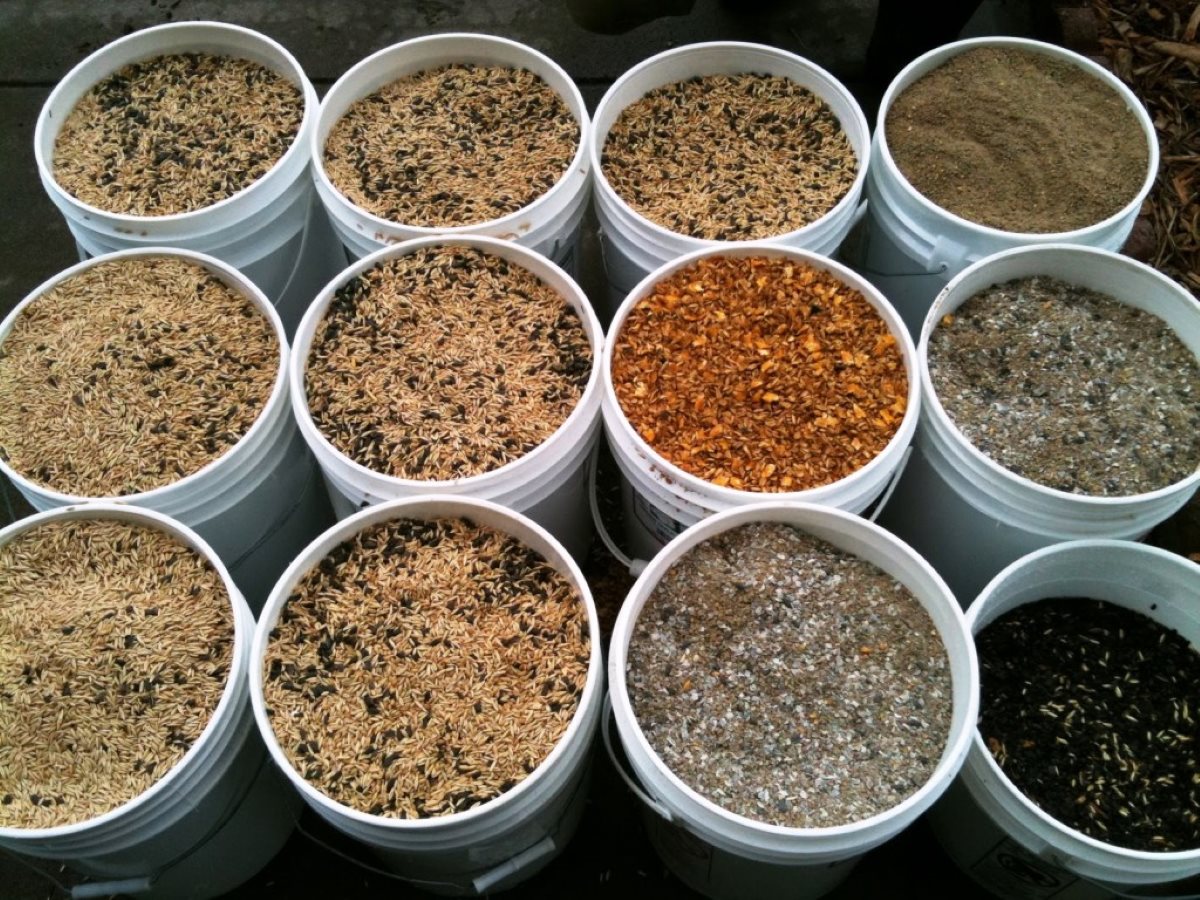
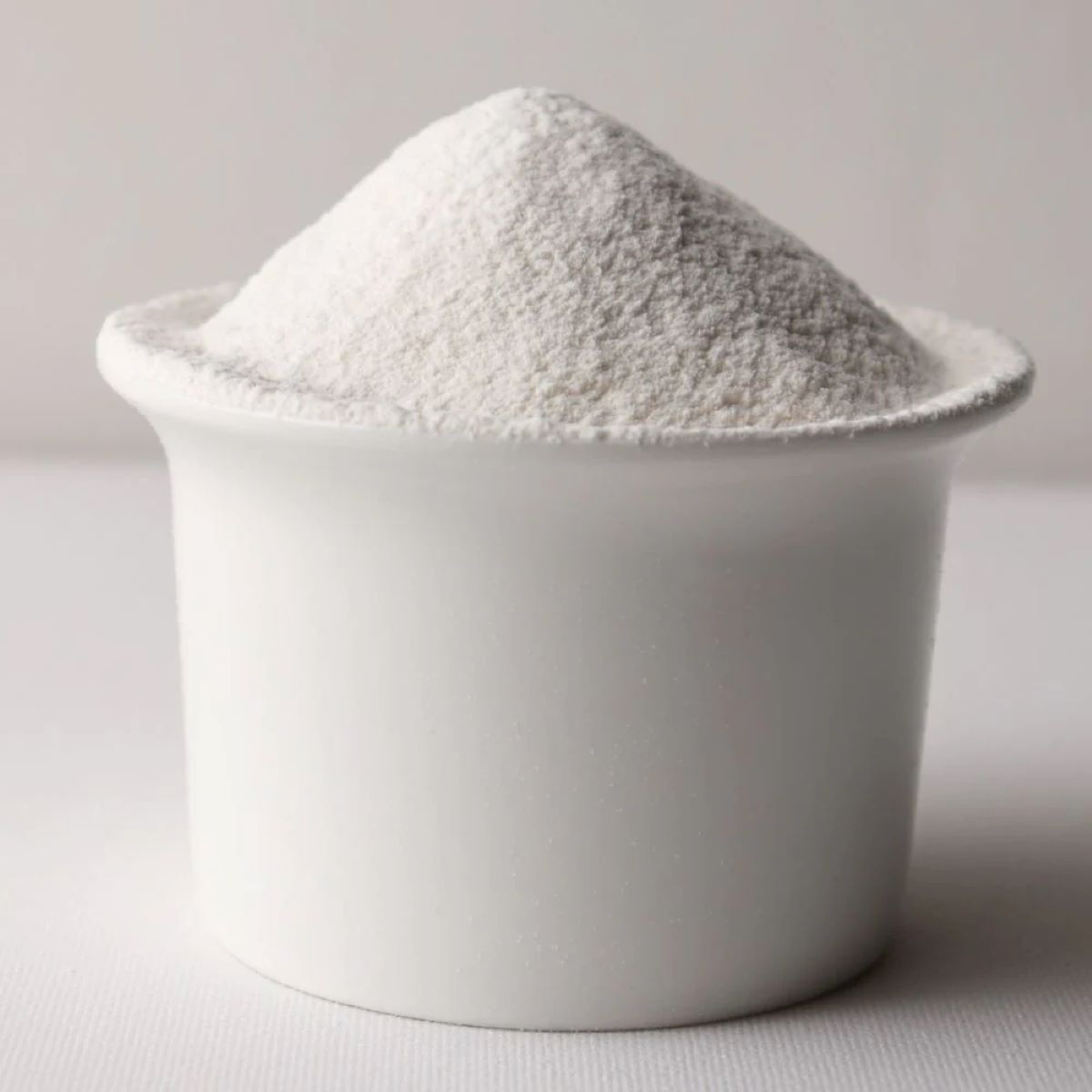
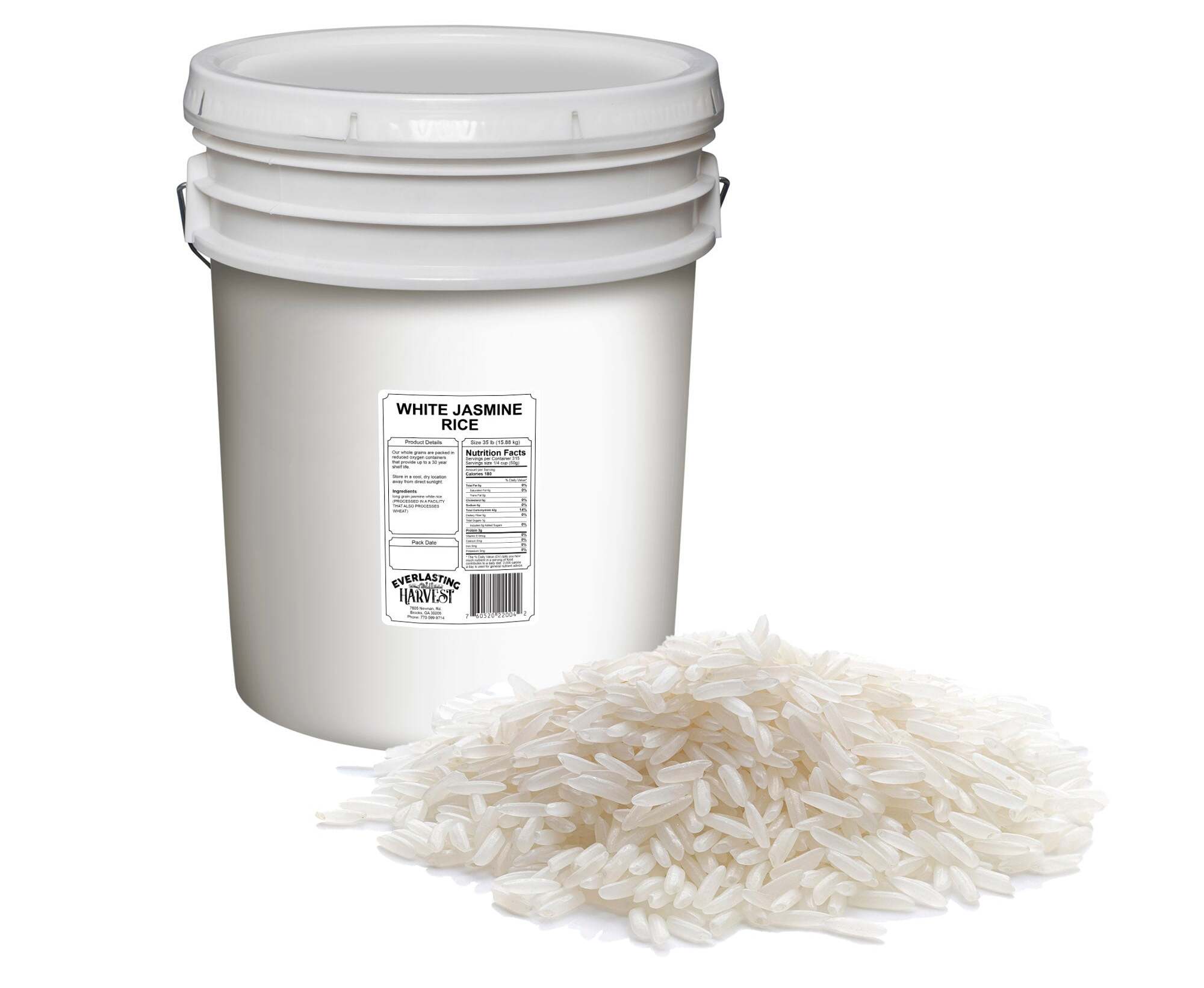
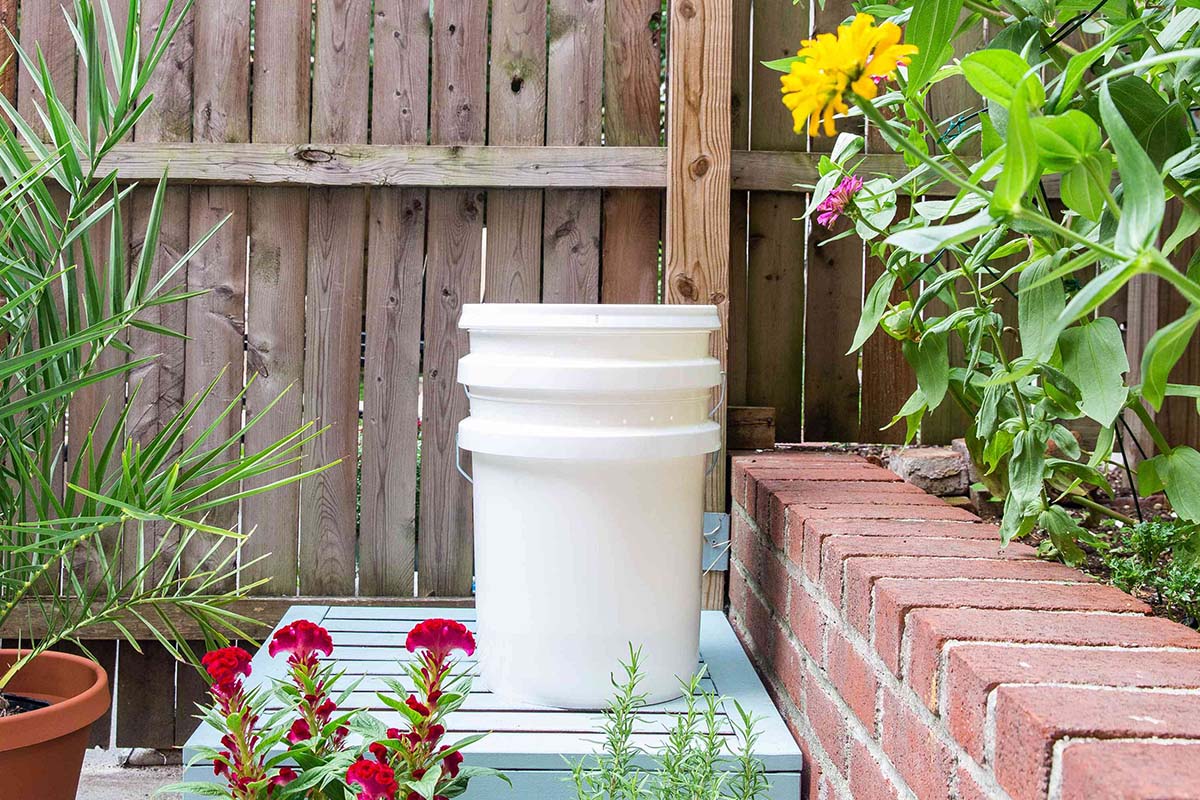
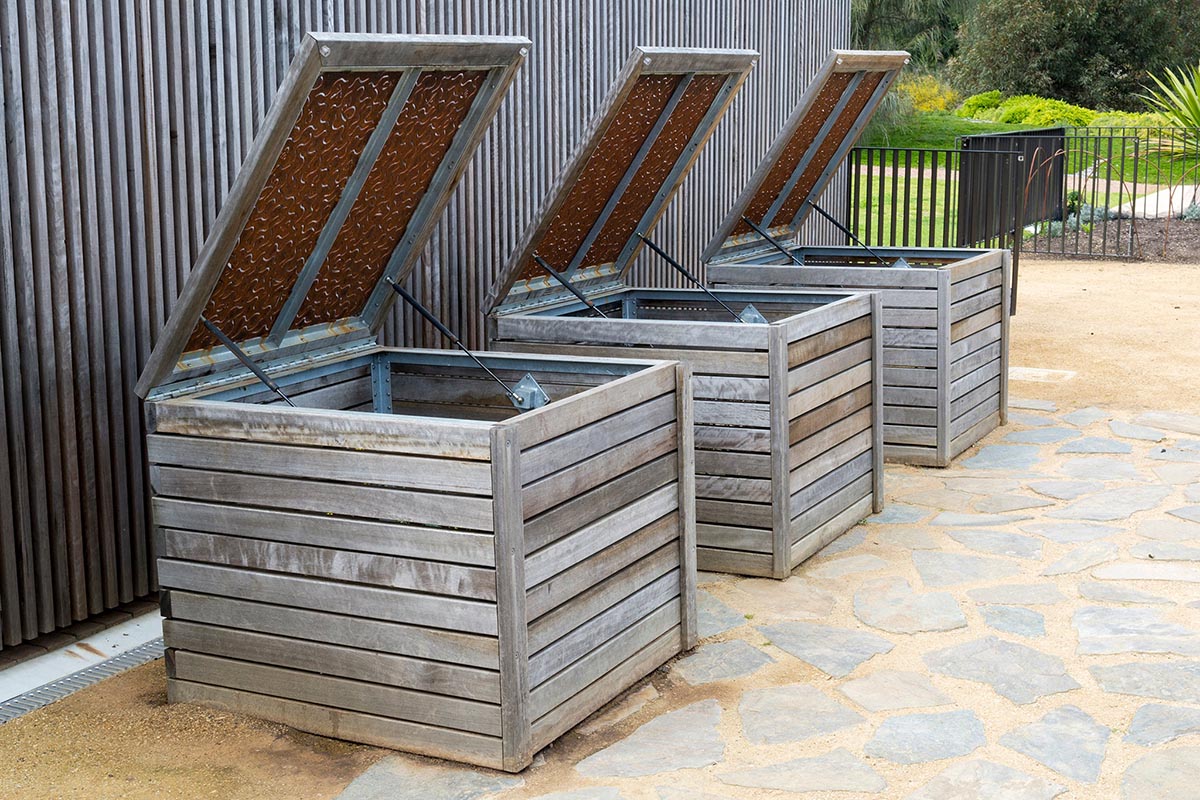
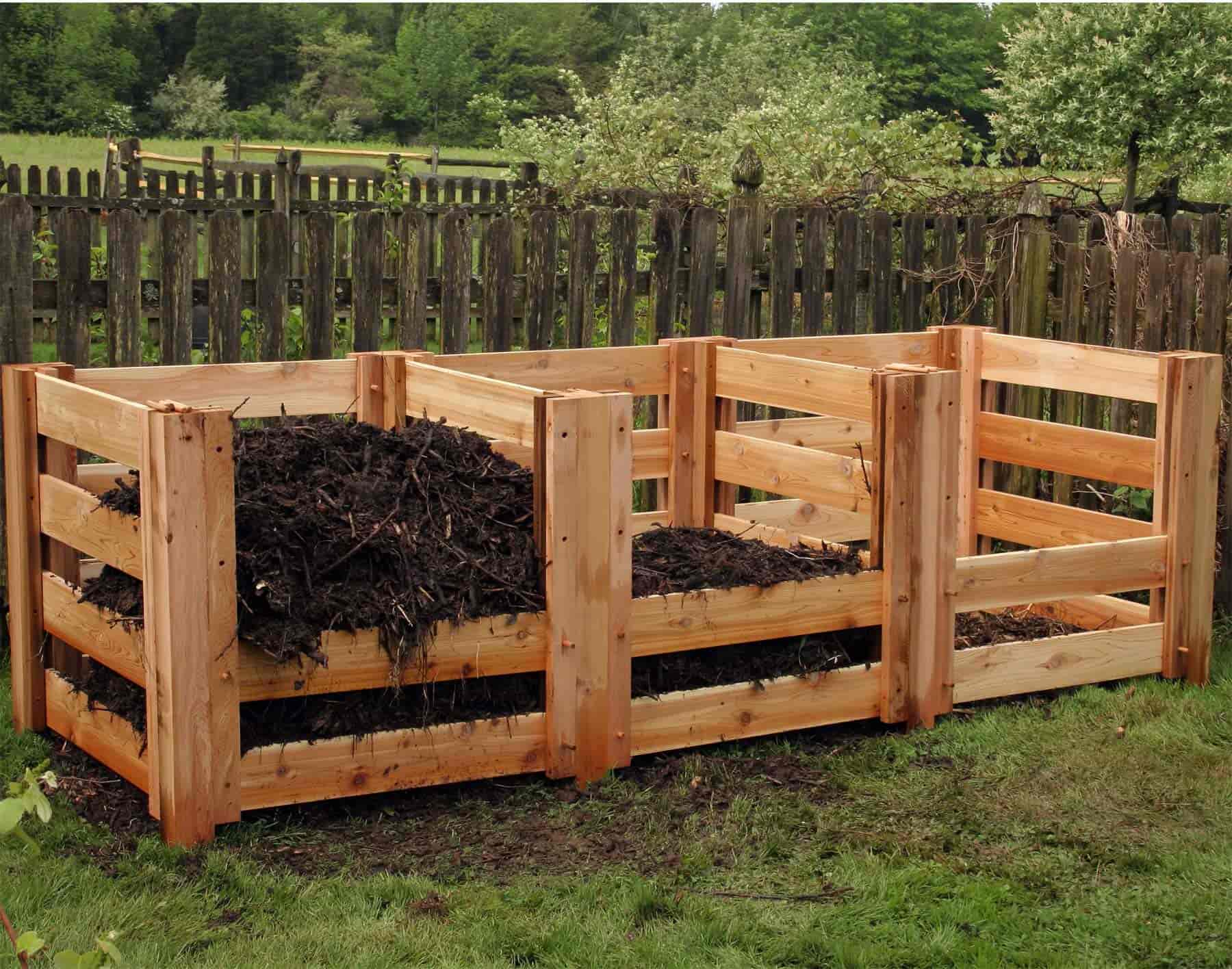
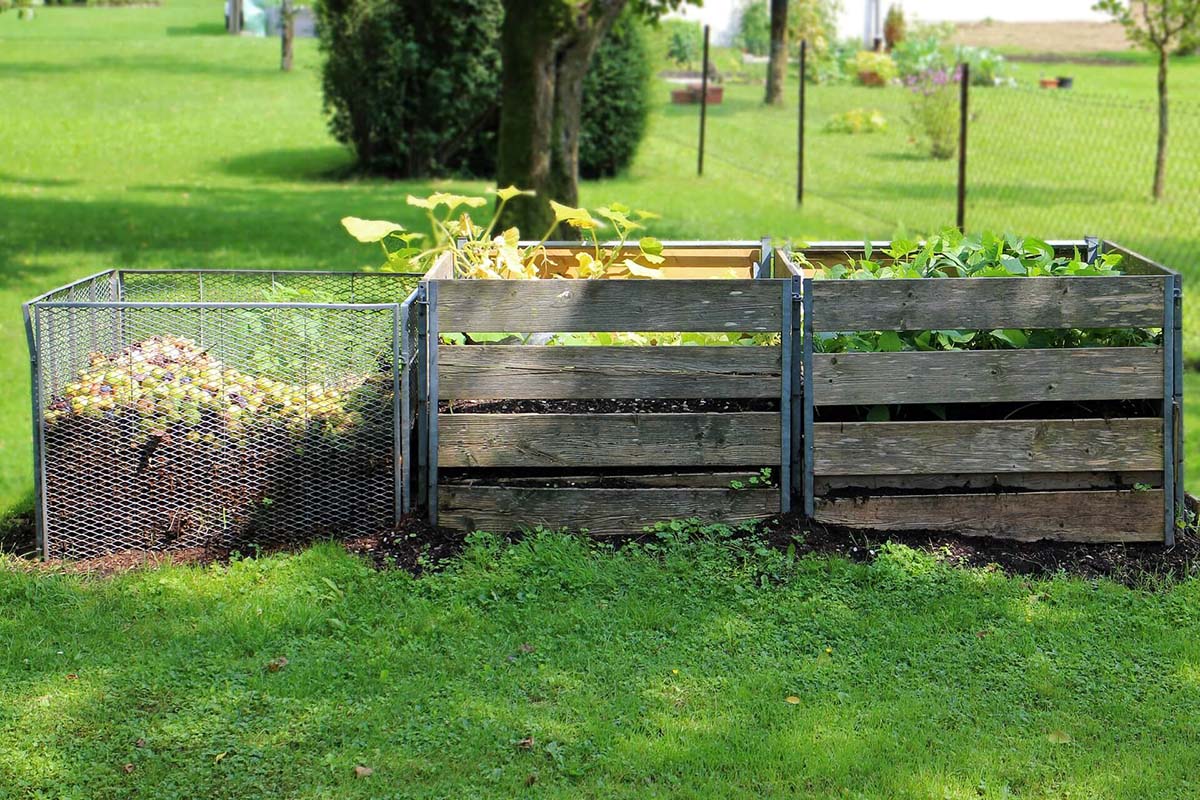
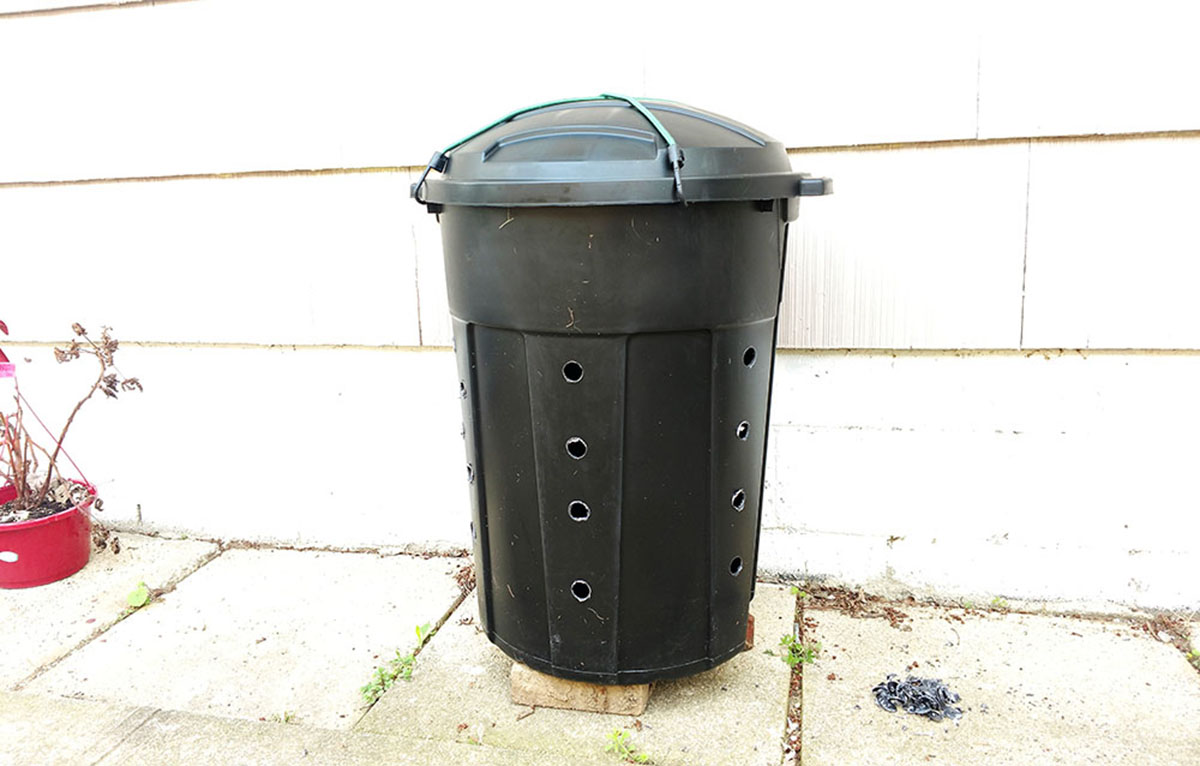
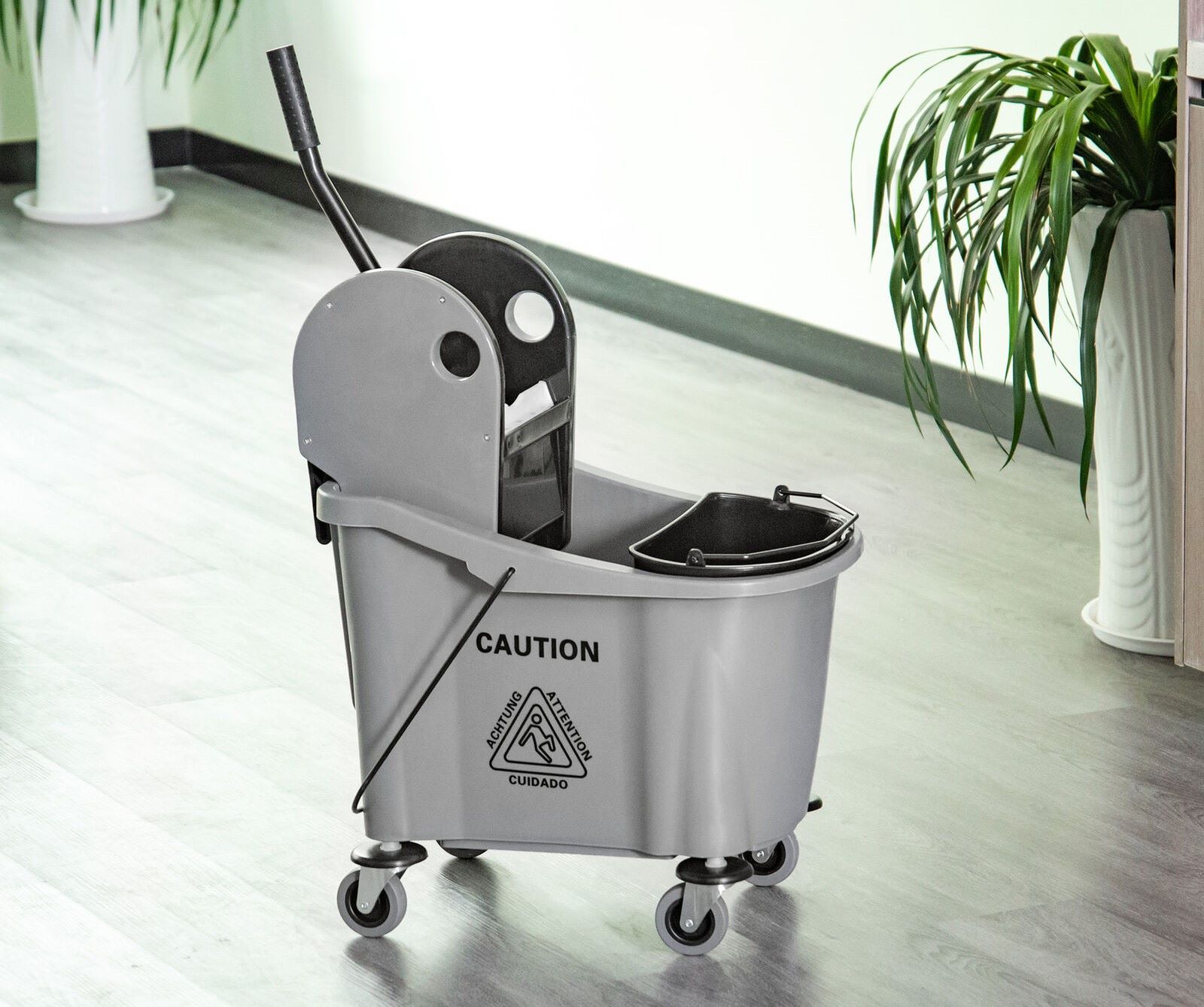
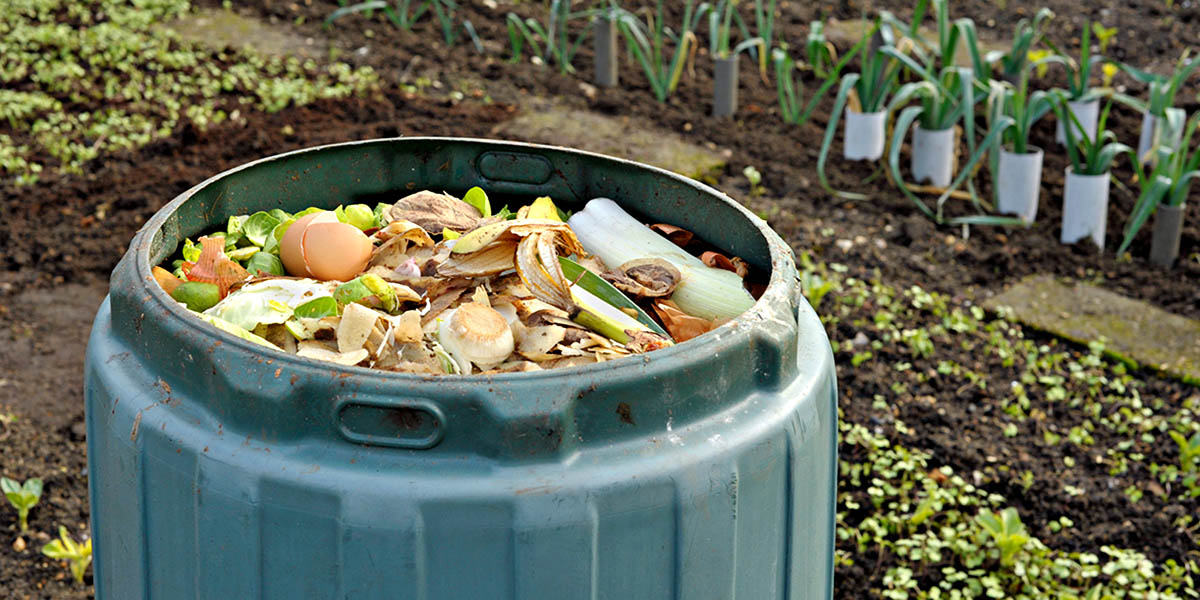
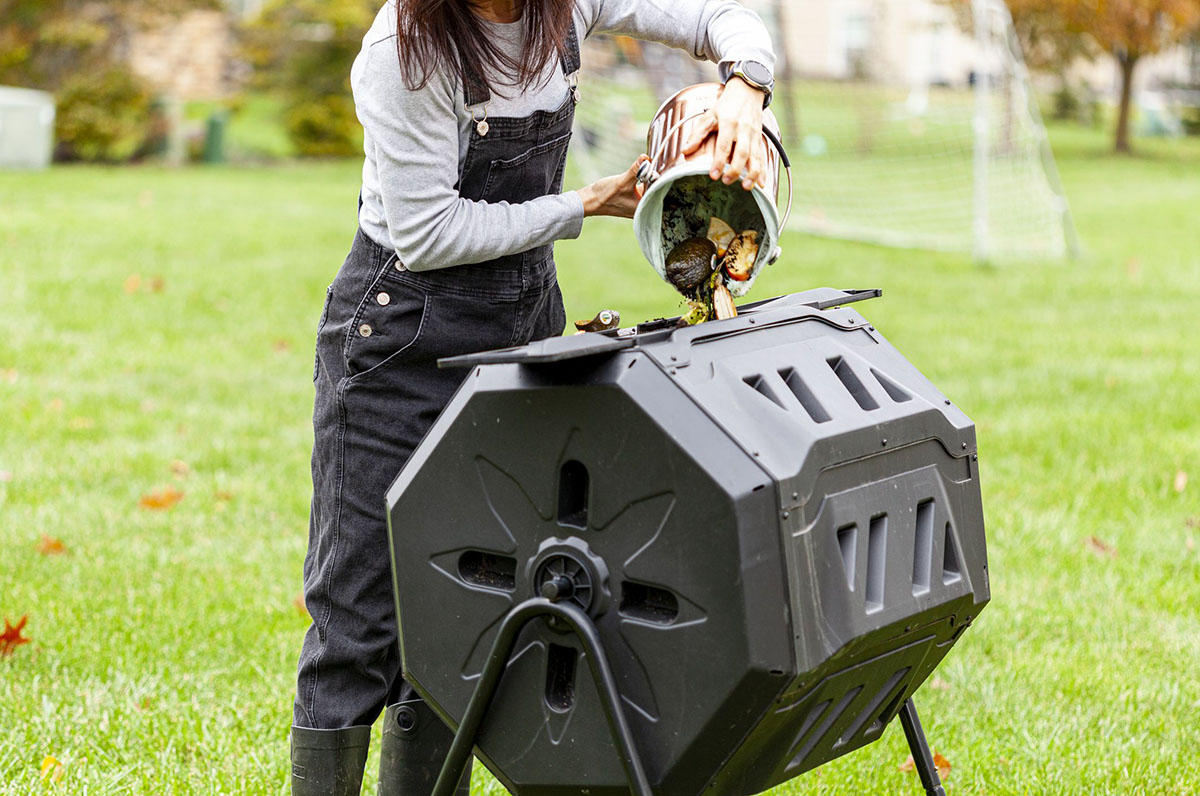
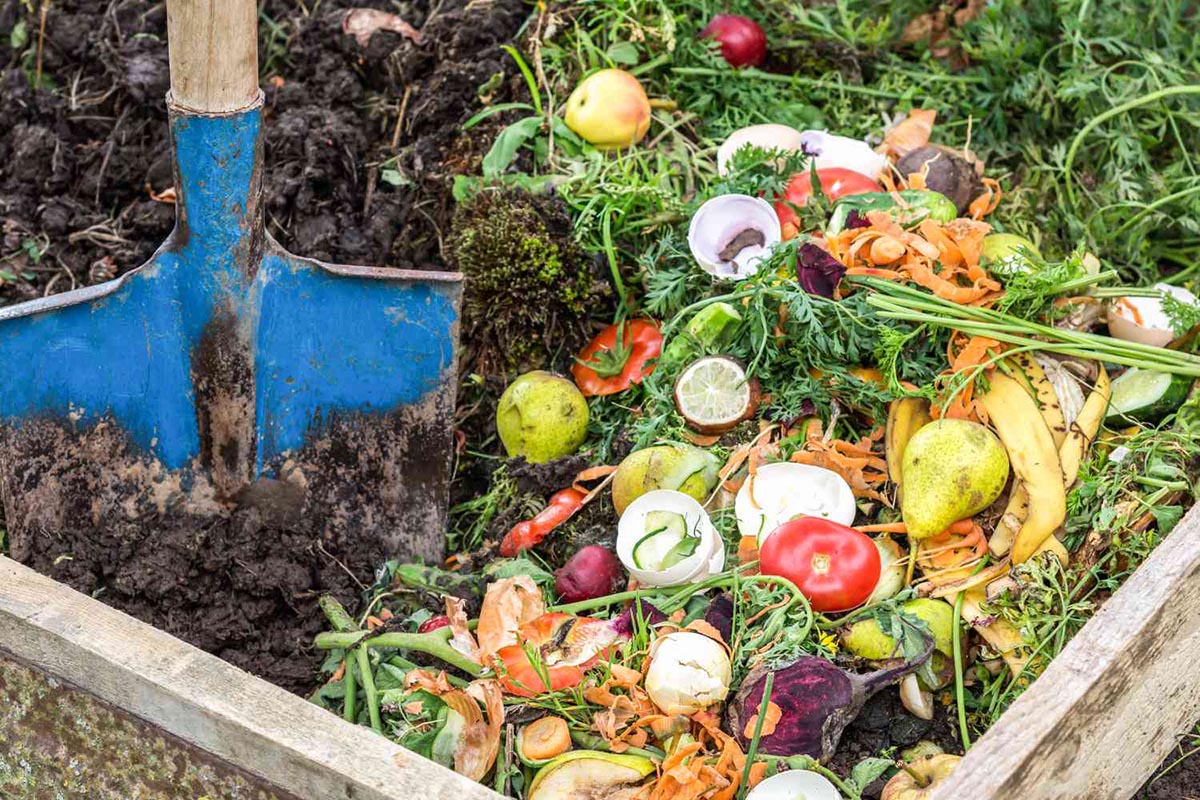
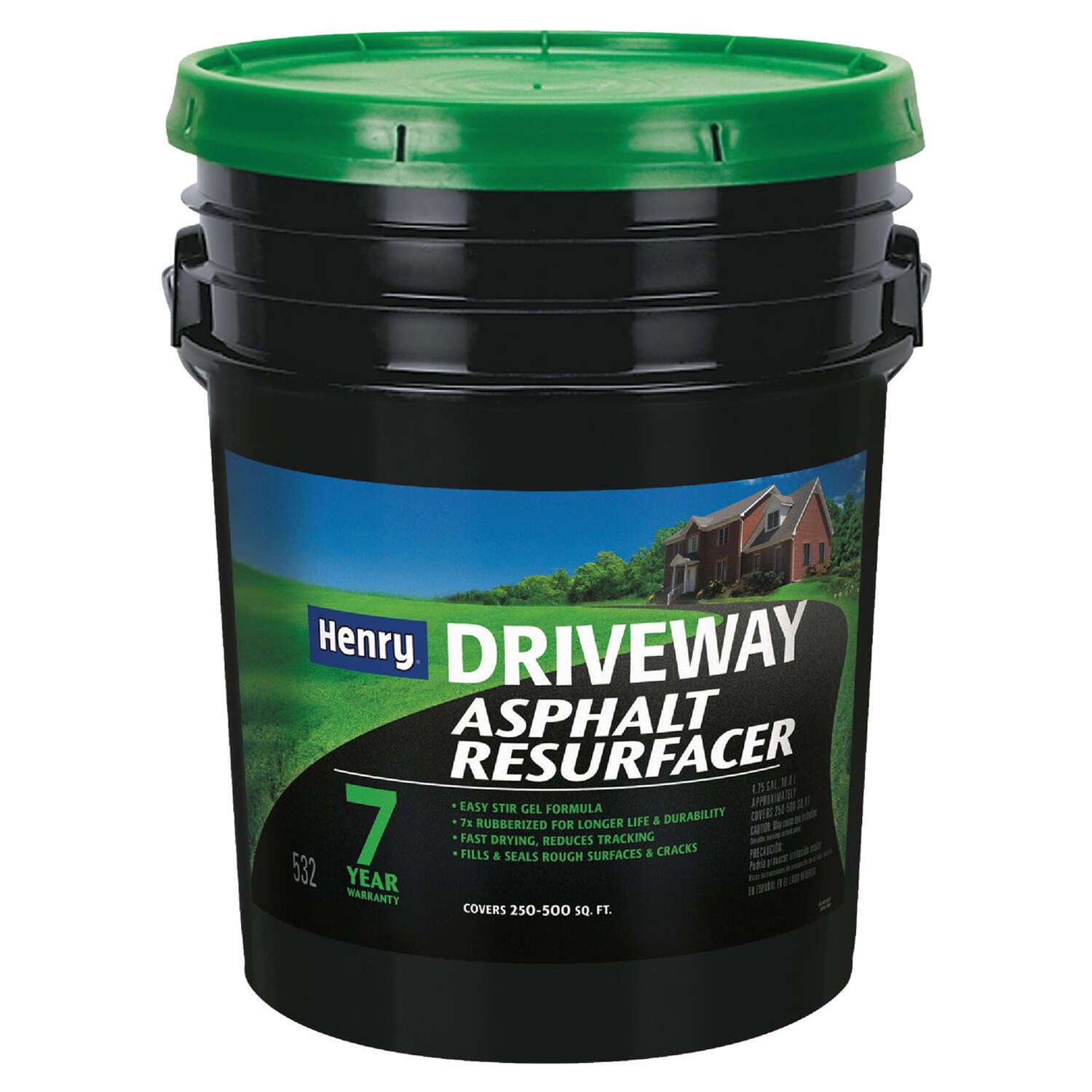
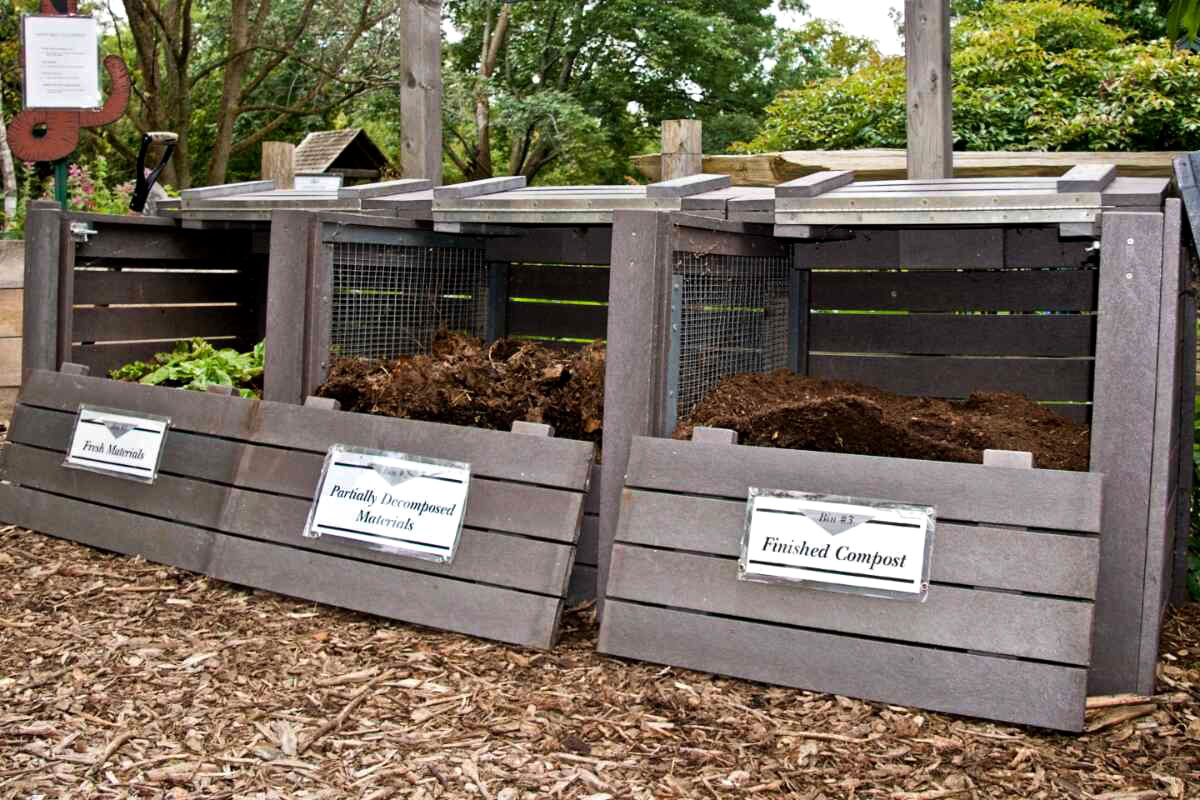
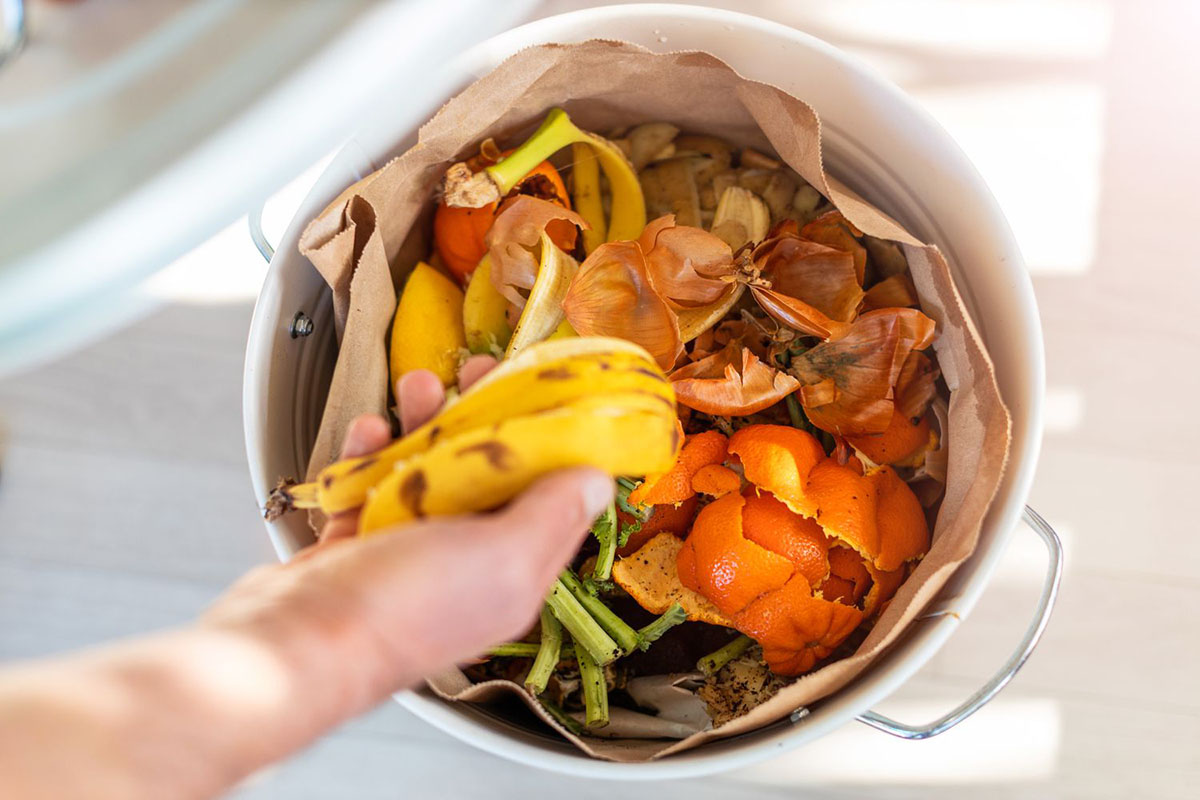

0 thoughts on “How To Make A Compost Bin Out Of A 5-Gallon Bucket”